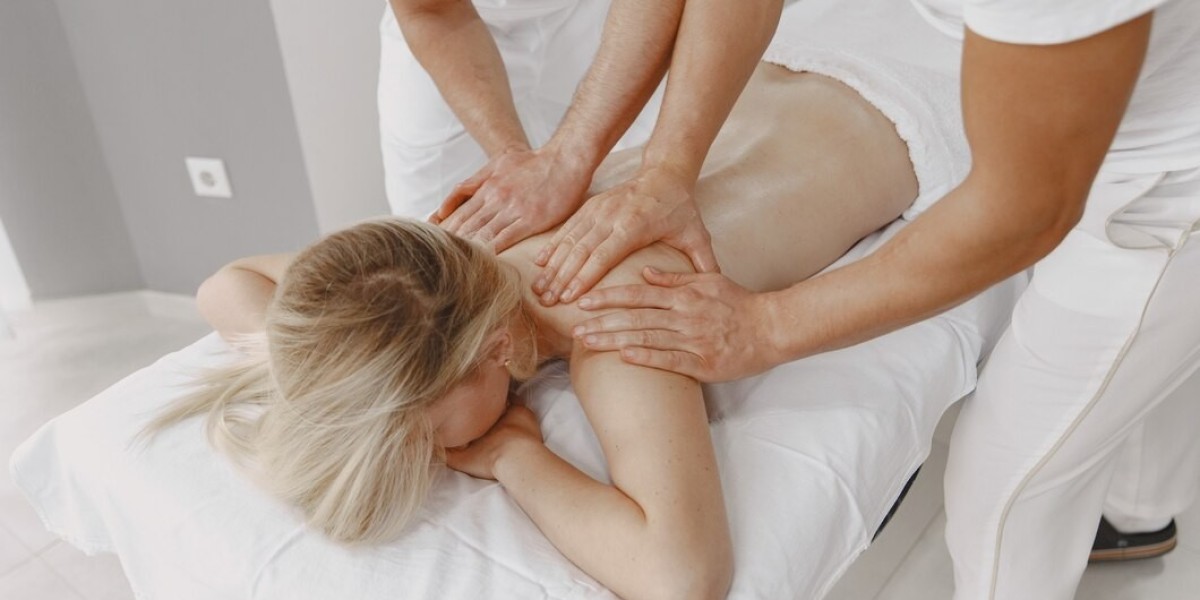Massage therapy is an ancient practice that combines the art of touch with a deep understanding of the human body. As a massage therapist, you become a facilitator of healing, helping clients relieve pain, reduce stress, and enhance their overall well-being. But before you can start your journey in this rewarding profession, proper training is essential. Here’s a comprehensive guide to what you need to know about massage therapist training.
Understanding the Basics
Massage therapy training typically begins with a foundational education in anatomy, physiology, and the various types of massage techniques. Aspiring therapists often enroll in accredited programs that cover both theoretical knowledge and hands-on practice. These programs usually range from 500 to 1,000 hours, depending on the state's requirements and the school's curriculum.
Choosing the Right Program
When selecting a massage therapy program, consider the following factors:
- Accreditation: Ensure the program is accredited by a recognized body, which ensures that the training meets industry standards.
- Curriculum: Look for a curriculum that covers a variety of massage techniques, including Swedish, deep tissue, sports massage, and therapeutic modalities.
- Practical Experience: Hands-on training is crucial. Choose a program that offers ample opportunities to practice techniques under supervision.
- Location and Flexibility: Consider the program’s location and whether it offers part-time or evening classes to accommodate your schedule.
Key Skills Developed in Training
During your training, you will develop several key skills essential for a successful career as a massage therapist:
- Anatomy and Physiology: Understanding the human body is critical for effective treatment. You'll learn about muscle groups, joint movements, and how to identify areas of tension.
- Communication: Learning how to communicate effectively with clients is vital. This includes understanding their needs, explaining techniques, and providing aftercare advice.
- Therapeutic Techniques: You'll practice various massage techniques to help address different conditions, such as chronic pain, muscle tension, and stress relief.
- Client Assessment: Skills in assessing a client’s condition and tailoring treatments accordingly are developed through practical experience and feedback.
Licensing and Certification
After completing your training, you will need to pass a licensing exam, which varies by state or country. Many therapists take the Massage & Bodywork Licensing Examination (MBLEx) or a similar exam specific to their location. Certification can enhance your credibility and may be required for employment in certain facilities.
Continuing Education
The field of massage therapy is always evolving, with new techniques and research emerging regularly. Continuing education is essential to stay current and refine your skills. Many states require a certain number of continuing education hours for license renewal, so staying engaged in learning is not only beneficial but often necessary.
Building Your Practice
Once you’re licensed, you can choose to work in various settings, including spas, wellness centers, clinics, or even as a private practitioner. Building a successful practice involves not only honing your therapeutic skills but also developing business acumen, marketing yourself effectively, and understanding client management.
Conclusion
Becoming a massage therapist is a fulfilling journey that combines the art of healing with a commitment to ongoing education and personal growth. By choosing the right training program and continually developing your skills, you can unlock the full potential of this transformative profession, making a positive impact on the lives of your clients. Whether you’re looking to alleviate pain, promote relaxation, or enhance overall well-being, the path to becoming a skilled massage therapist begins with quality training and a passion for healing.
Naijamatta is a social networking site,
download Naijamatta from Google play store or visit www.naijamatta.com to register. You can post, comment, do voice and video call, join and open group, go live etc. Join Naijamatta family, the Green app.
Click To Download


